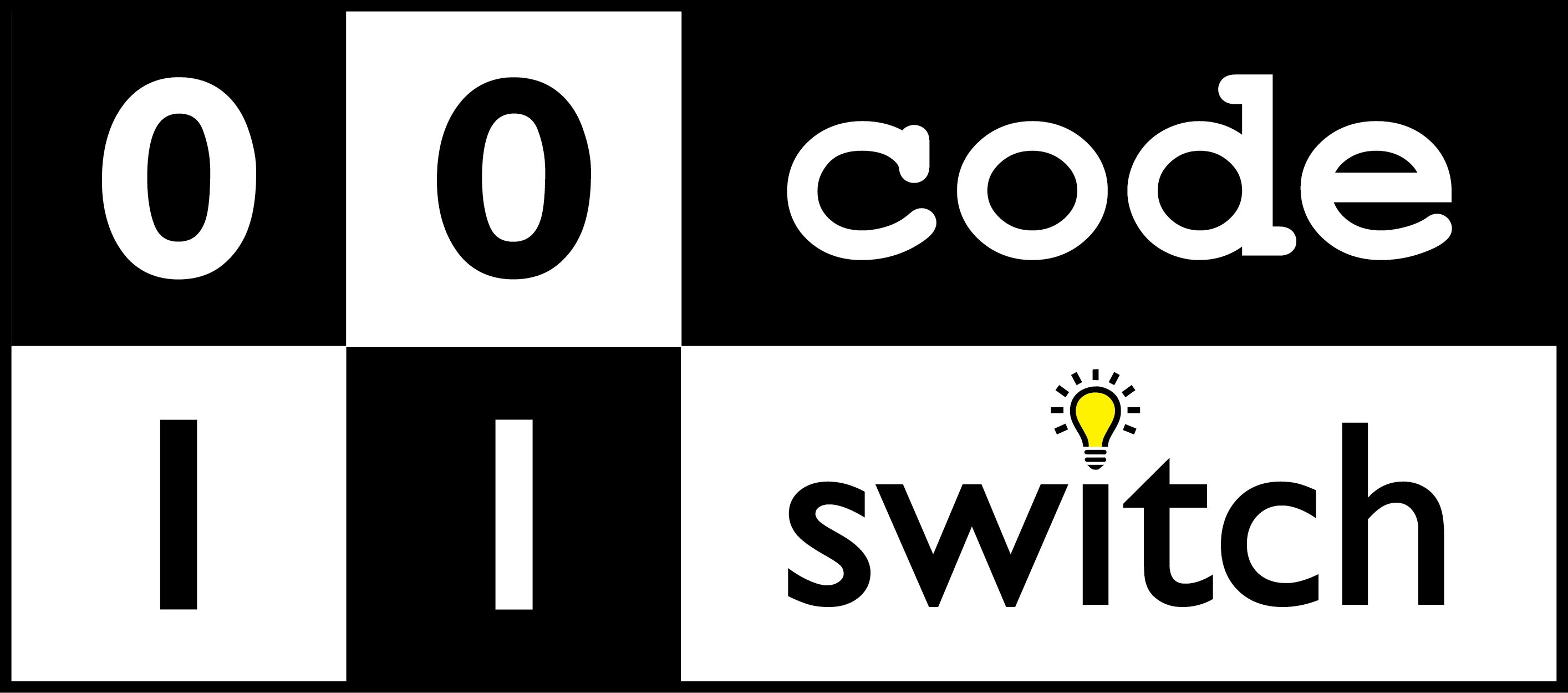Ideate
“It’s not about coming up with the ‘right’ idea, it’s about generating the broadest range of possibilities.”
WHAT is the Ideate mode
Ideate is the mode of the design process in which you concentrate on idea generation. Mentally it represents a process of “going wide” in terms of concepts and outcomes. Ideation provides both the fuel and also the source material for building prototypes and getting innovative solutions into the hands of your users.
WHY ideate
You ideate in order to transition from identifying problems to creating solutions for your users. Ideation is your chance to combine the understanding you have of the problem space and people you are designing for with your imagination to generate solution concepts. Particularly early in a design project, ideation is about pushing for a widest possible range of ideas from which you can select, not simply finding a single, best solution. The determination of the best solution will be discovered later, through user testing and feedback. Various forms of ideation are leveraged to:
- Step beyond obvious solutions and thus increase the innovation potential of your solution set
- Harness the collective perspectives and strengths of your teams
- Uncover unexpected areas of exploration
- Create fluency (volume) and flexibility (variety) in your innovation options
- Get obvious solutions out of your heads, and drive your team beyond the
HOW to ideate
You ideate by combining your conscious and unconscious mind, and rational thoughts with imagination. For example, in a brainstorm you leverage the synergy of the group to reach new ideas by building on others’ ideas. Adding constraints, surrounding yourself with inspiring related materials, and embracing misunderstanding all allow you to reach further than you could by simply thinking about a problem. Another ideation technique is building – that is, prototyping itself can be an ideation technique. In physically making something you come to points where decisions need to be made; this encourages new ideas to come forward. There are other ideation techniques such as bodystorming, mindmapping, and sketching. But one theme throughout all of them is deferring judgment – that is, separating the generation of ideas from the evaluation of ideas. In doing so, you give your imagination and creativity a voice, while placating your rational side in knowing that your will get to the examination of merits later.
